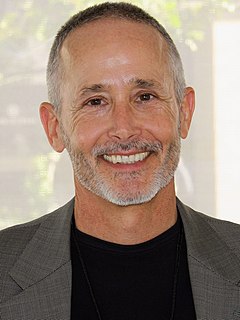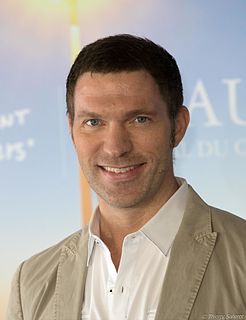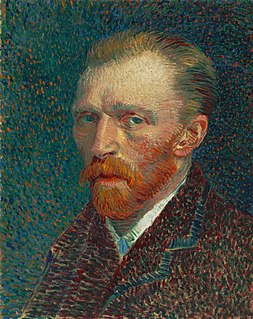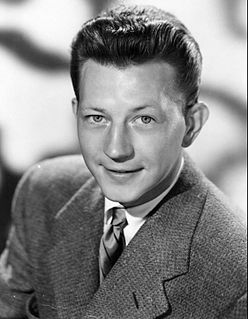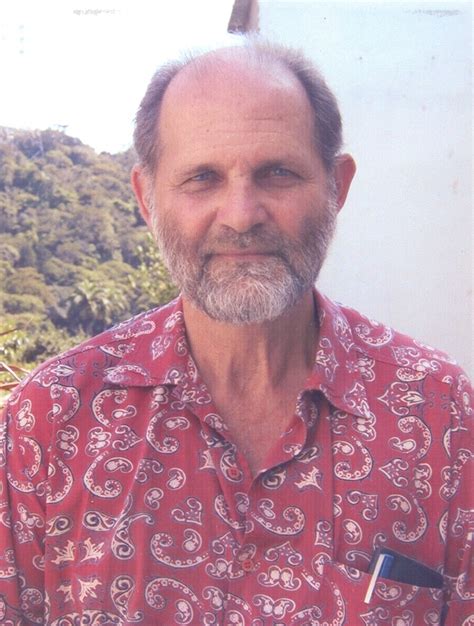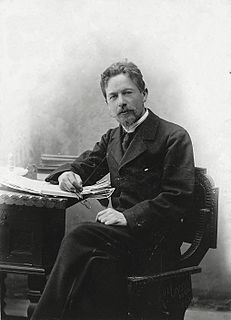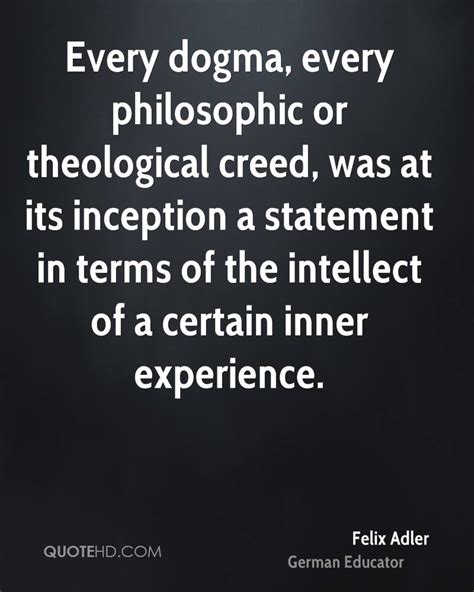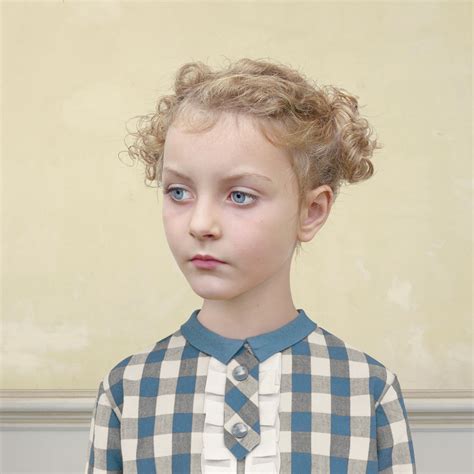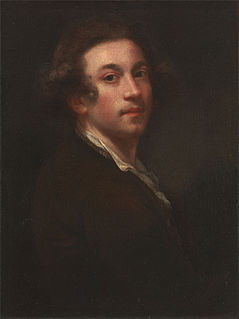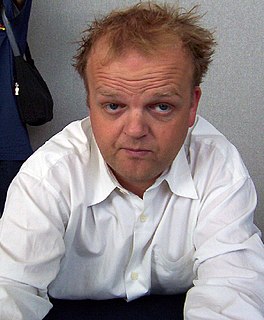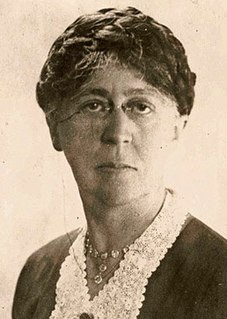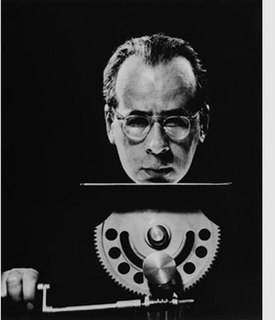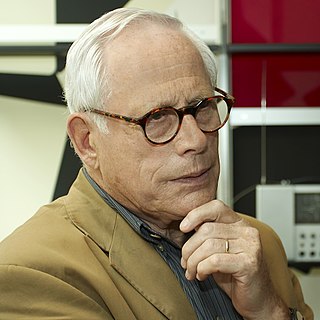A Quote by Steven Saylor
Im like the painter with his nose to the canvas, fussing over details. Gazing from a distance, the reader sees the big picture.
Related Quotes
Just slap anything on when you see a blank canvas staring you in the face like some imbecile. You don't know how paralyzing that is, that stare of a blank canvas is, which says to the painter, ‘You can't do a thing’. The canvas has an idiotic stare and mesmerizes some painters so much that they turn into idiots themselves. Many painters are afraid in front of the blank canvas, but the blank canvas is afraid of the real, passionate painter who dares and who has broken the spell of `you can't' once and for all.
The general ideas which are expressed in sketches, correspond very well to the art often used in poetry... every reader making out the detail according to his own particular imagination... but a painter, when he represents Eve on canvas, is obliged to give a determined form, and his own idea of beauty distinctly expressed.
In descriptions of Nature one must seize on small details, grouping them so that when the reader closes his eyes he gets a picture. For instance, you'll have a moonlit night if you write that on the mill dam a piece of glass from a broken bottle glittered like a bright little star, and that the black shadow of a dog or a wolf rolled past like a ball.
It's Toby Jones playing Alfred Hitchcock, not Alfred Hitchcock. We all felt that his silhouette was crucial, so his nose and lips were crucial as well. We had to build it out a bit to get the silhouette. But, with my nose being so small within the proportion of my face, the first nose was too big. I felt like a nose on parade.
With a woman I try to photograph her beauty; with a man I try to show his character. Once I photographed a man with a big nose (Jimmy Durante), and emphasized his nose, and he was very pleased with the picture. That could not happen with a woman. The most intelligent woman will reject a portrait if it doesn't flatter her.
